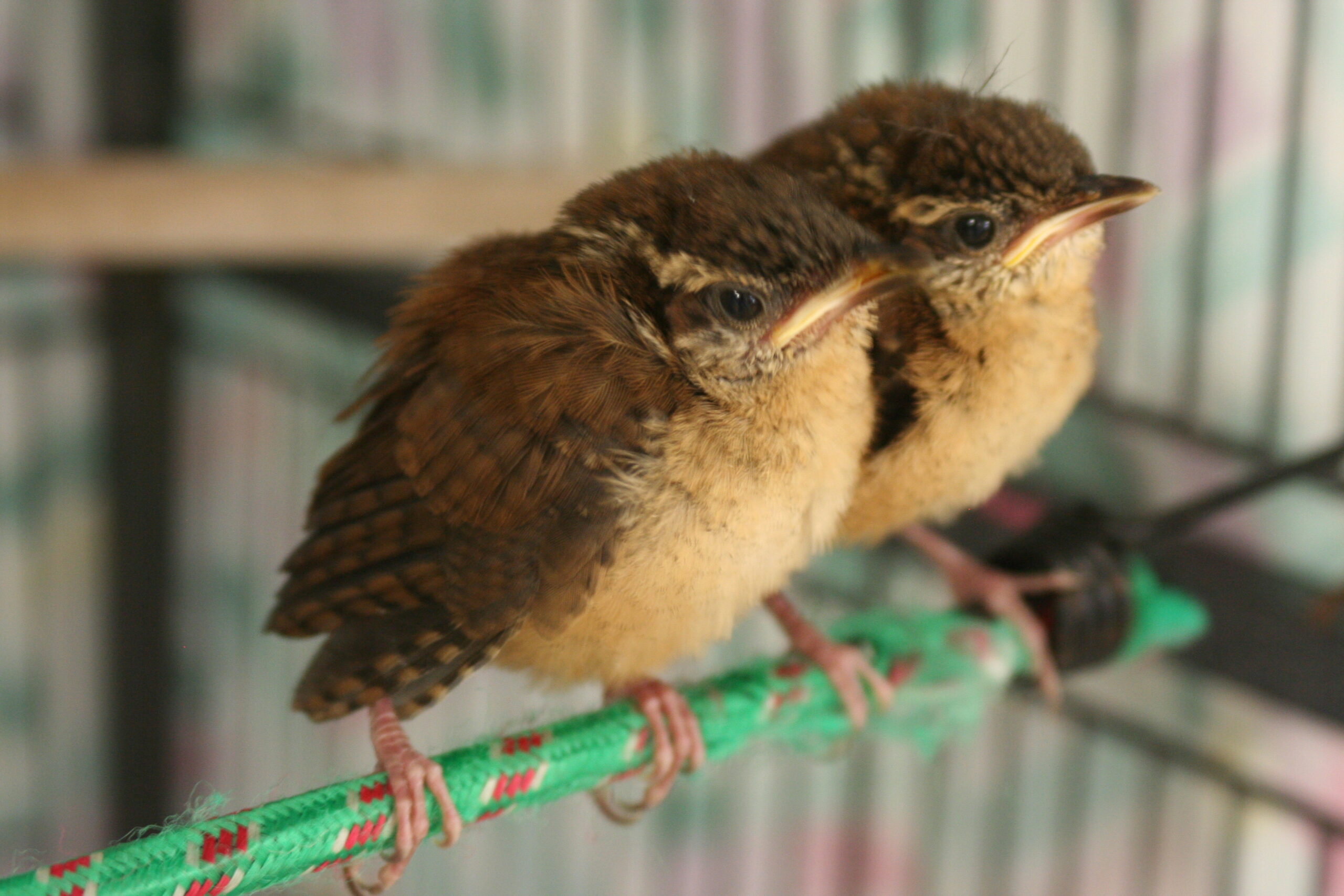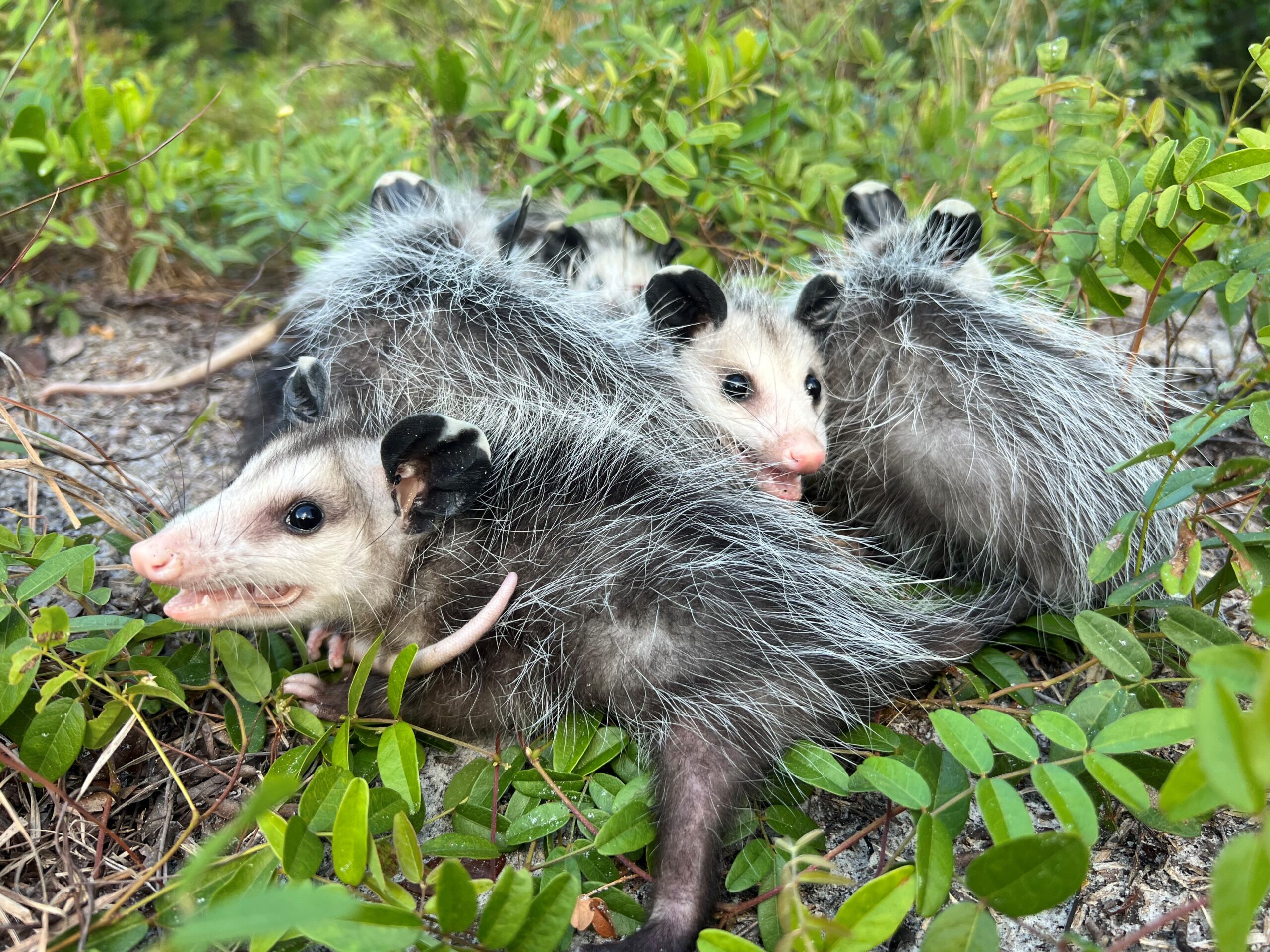Education Resources
We’re passionate about wildlife education and we hope you are too! We’ve compiled some resources such as online games, coloring books, and websites full of fun facts for people to use to help share their love of native ecosystems and animals.

Birds:
- Audubon for Kids! National Audubon Society
- Plants for Birds National Audubon Society
- All About Birds Cornell University Lab of Ornithology (Online bird guide, bird ID help and bird sounds)
- North American Bird Guide App National Audubon Society (smartphone app)
- Guide to North American Birds National Audubon Society
- K-12 Educational Webinars Cornell University Lab of Ornithology
- The Audubon Bird Guide National Audubon Society
- Fish Relay Wildlife Lesson Plan Request Plan National Park Service Everglades National Park (The students will be able to: a) describe the wet/dry seasons of the Everglades/South Florida, b) describe what happens to aquatic life as the waters in the Everglades dry down, c) explain why wading birds nest during the dry season, d) describe how the Everglades’ wildlife is adapted to the wet/dry season. Grade Level 4th – 6th grade) Digital Resources Temporarily Unavailable without a request
- How to Build a Bird House Home Depot (This step-by-step guide teaches you how to build a DIY birdhouse using basic woodworking skills. Difficulty: Beginner, Duration 2-4 hours)
- Think Like a Bird National Park Service (Students will understand the complexities of nest building by attempting to design and build a nest themselves. Grade Level: Third Grade through Fifth Grade)
- Migration Website Game Smithsonian’s National Zoo & Conservation Biology Institute (Can you help Wanda the Wood Thrush travel from her winter home in Costa Rica to her summer home in Maryland? All you need to do is answer some questions about migratory birds. Each correct answer will bring her closer to her favorite forest where she’ll be able to find a mate, build a nest, and lay her eggs!)
- Bird Migration Patterns – Western Hemisphere National Oceanic and Atmospheric Administration (NOAA) Climate Prediction Center (Compilation from eBird from Cornell Lab of Ornithology compiled to represent the location center of each species’ population for each day of the year for 118 terrestrial bird species in the Western Hemisphere)


Mammals:
- Opossum Worksheet Fun opossum facts from Education.com
- All About Bats Lesson Plan National Park Service (People have far more in common with bats than they realize, and people rely on bat populations throughout the world in a variety of ways. In this lesson, students will study the skeleton of a bat, learn about their special adaptations through games, discover why bats are important to our environment and find that bats are friends, not foes. Grade Level: Pre-Kindergarten through second grade)
- How to Build a Bat House National Wildlife Federation
- Building a Bat House USDA Forest Service

Reptiles & Amphibians:
- Gopher Tortoise Program Florida Fish and Wildlife Conservation Commission (Help document gopher tortoise sightings)
- Florida’s Venomous Snakes Coloring Book University of Florida Wildlife Lab (A free coloring book, illustrated by Dale Johnson, gives tips on how to identify Florida’s venomous snakes and the habitats where they might be found. Preschool / Elementary Level)
- Know Florida’s Venomous Snakes University of Florida Wildlife Lab (A free information sheet, gives tips on how to identify Florida’s venomous snakes and the habitats where they might be found. Middle / High School Level)
- Kids’ Corner University of Florida, Department of Wildlife Ecology & Conservation (Amphibian and reptile coloring and activity books)
- Florida Frogs Coloring and Activity Book University of Florida Wildlife Lab (A free coloring and activity book, illustrated by Dale Johnson, gives information about each frog, a description of the color pattern, and tips on where to find them. Preschool / Elementary Level)
- Invasive Florida Reptiles and Amphibians Coloring Book University of Florida Wildlife Lab (A free coloring and information book, developed by students in Dr. J’s Fall 2014 Herp Invasions course. Illustrated by Lauren Diaz. Elementary / Middle School Level)
Other Educational Resources:
- Florida Native Plant Society Learn more about the native plants that our wildlife needs to be healthy and grow
- Learn About Florida’s Wildlife Florida Fish and Wildlife Conservation Commission (Links to learn about multiple different species of Florida Wildlife and Florida’s Wildlife Habitat including Bald Eagles, Panthers and White-tailed Deer)
- Project Wild Florida Fish and Wildlife Conservation Commission Curriculum, on Florida Wildlife Species including Gopher Tortoise and Florida Black Bear
- St. John’s River Water Management District Educational Resources (Activities, games, lesson plans and educational links)
- St. John’s River Water Management District Teacher Resources (Links to Activities, games, lesson plans, reading and literature connections)
- The Great Water Odyssey St. Johns River Water Management District (The Great Water Odyssey℠ is a fun, interactive way for Florida’s students to learn about water resources and their protection and conservation. Odyssey nurtures a greater awareness and appreciation of Florida’s watersheds and their ecosystems, and promotes responsible actions for the health, protection and use of Florida’s water resources. Odyssey includes components of science, geography, social studies, reading, technology and math. As students explore the water world of waterdrop Hydro and his cousin Agua and their friends, the learning is masked in fun.)
- Educational Resources Smithsonian’s National Zoo & Conservation Biology Institute (Educational Information for Kids and Families, Teens, Adults and College or to plan a field trip)
- Smithsonian’s National Zoo & Conservation Biology Institute Webinar Archive
- Habitat Website Game Smithsonian Science and Education Center (Do you know where the red-eyed tree frog calls home? Play this game based on animal habitats to learn! Explore the desert, coral reef, jungle, and marsh to discover where many animals live by matching each animal to their correct habitat! Habitats is available as a website for desktop and laptop computers.)
- Basic Tips and Educational Resources for Pollinator Protection United States Environmental Protection Agency (Learn about pollinators and how to protect them, from pollinator-friendly gardening to responsible management of pests.)
- Conservation Classroom: Saving Endangered Species Smithsonian Institute (Conservation Classroom is a collection of monthly lessons for learners in grades K-5 that connects students to animals and encourages wildlife conservation.)
- Conservation Classroom Smithsonian’s National Zoo & Conservation Biology Institute (K-5 Virtual School Programs)
- Florida Museum University of Florida
- How to Build a Raised Garden Bed (Wood) University of Florida IFAS Extension Orange County Extension
- How to Build a Raised Garden Bed (Concrete Block) University of Florida IFAS Extension Orange County Extension
- Educational Resources FOR KIDS! University of Florida, Florida Wildlife Extension (Environmental Education and Activities for Kids)
- Citizen Science USGS Youth and Education in Science, Adventures in STEM, Department of the Interior
- Sound Mapping Lesson National Park Service (students learn that scientists make observations using a variety of senses. Students practice the skill of observation through listening to collect data and identify living and non-living things in their local environment through sounds.)
- Camouflage National Park Service (This game can be used to introduce the concepts of predator-prey dynamics as well as adaptations. Grade Levels: Third Grade through Fifth Grade)
- Winter is Coming! National Park Service (In this activity, students will play a running game that emphasizes the three main ways that animals adapt to the winter (hibernate, migrate, and resist). They will also learn different terms related to winter in Glacier. Grade Levels: Third Grade through Fifth Grade)
- Everybody Needs a Home National Park Service (The main purpose of this activity is for students to generalize that animals need a home. Homes are not just houses. A house may be considered shelter. People build houses, apartments, trailers, houseboats, and other kinds of shelter in which to live. Animals also need some kind of shelter. The shelter might be underground, in a bush, in the bark of a tree, or under some rocks.)



